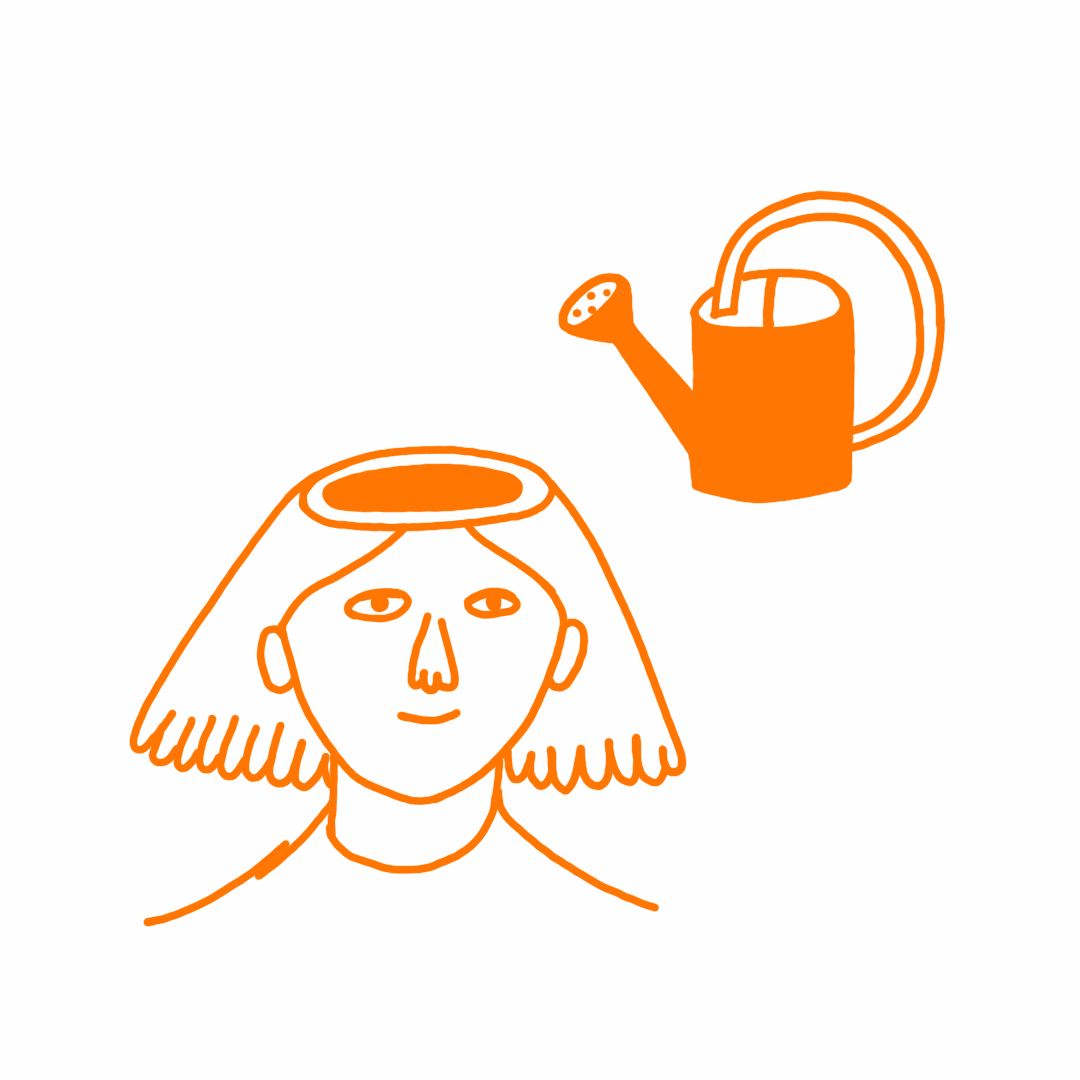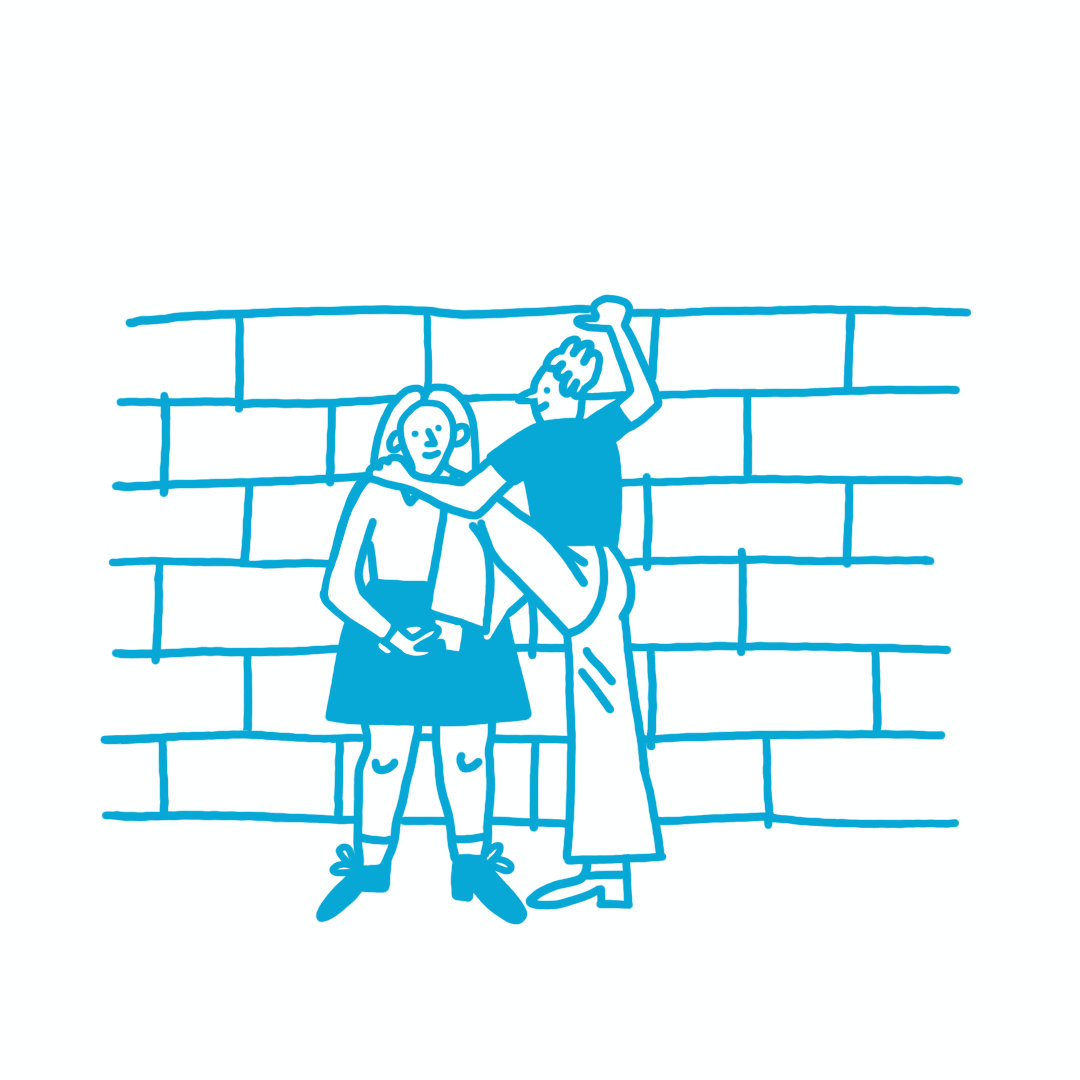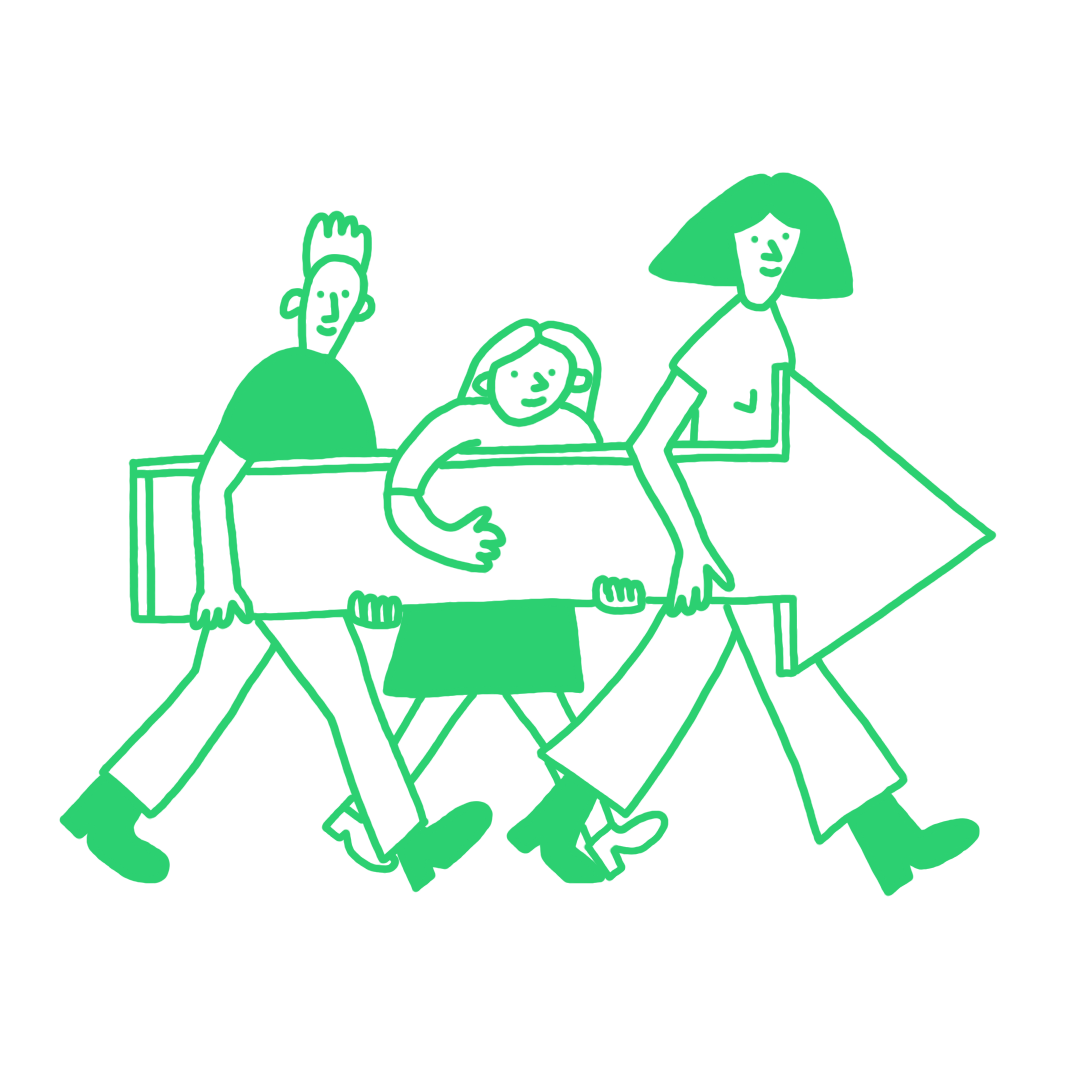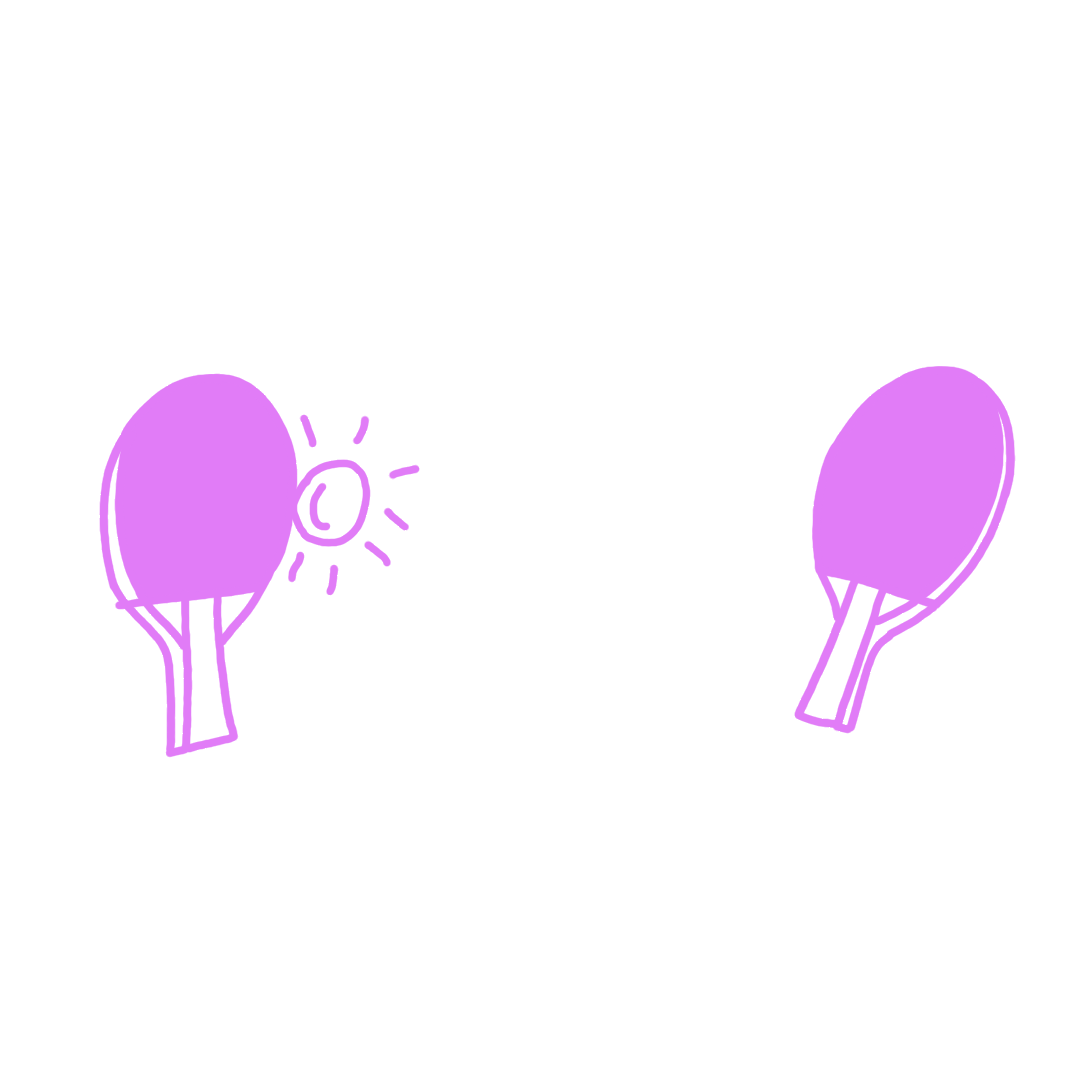In north-western Europe, the percentage of older people is on the rise. The chance of a long life with a healthy third phase of life (Third Age) and a later fourth phase of life (Fourth Age) offers potential for new approaches to education, leisure, family, and work. However, current products and services on the market hardly reflect this diversity potential. There is no widespread acceptance of inclusive design and debates about aging focus on the burden on social systems, how to defeat aging, or how care technologies can compensate for physical and cognitive limitations. On the basis of our long-term involvement in the topic of connected living and aging in applied design and international research projects, we have found that persistently negative images of aging are not sufficiently counteracted in our society.
Insight#2 Ageing
Insight
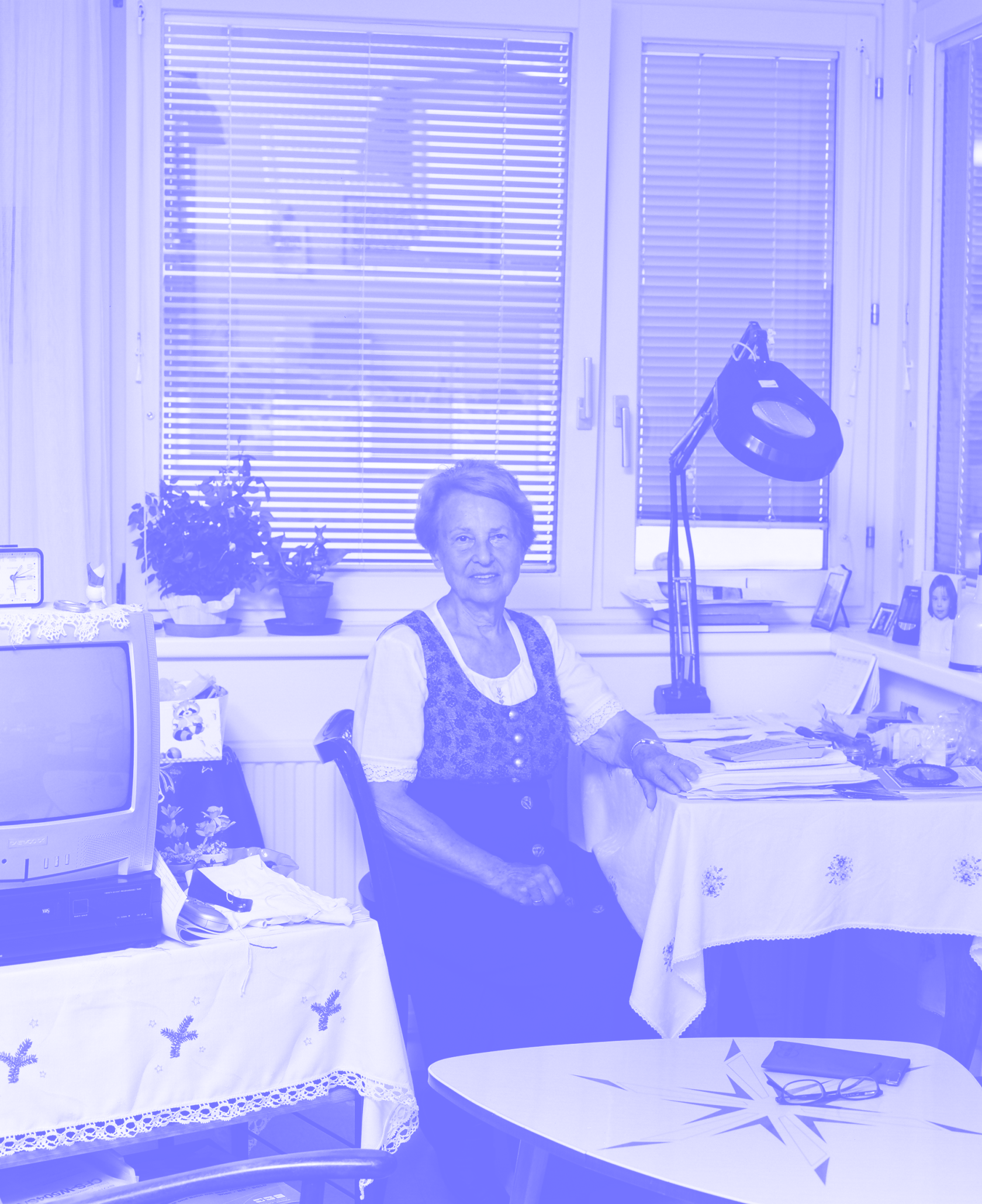
Design task: getting older
Getting older is a collective experience. Whether someone is five, 20 or 80 years old – everyone gets older. Talking about aging in a new and different way, reflecting on the issue and actively shaping it offers opportunities for us as a society, for companies, and for the public sector. Design can also play a crucial role in tackling issues around aging.
„Talking about aging in a new and different way, reflecting on the issue and actively shaping it offers opportunities for us as a society, for companies, and for the public sector.“
Kathrina Dankl
Involve a broader public in the discourse
How can debates about aging as a collective experience that shapes the entire course of life be conducted in a more differentiated manner?
1. Open debate
We find that personal stories and perspectives of growing and becoming receive far less attention than the above topics. For example, what are the motivations of someone who has the opportunity to retire but decides to keep working? Is it the joy of work? Are there no alternative scenarios or social roles? Or are the reasons economic? A debate about new forms of aging requires a better understanding of personal views, everyday practices, ideas, values, and worldviews as well as a view of age over the course of a lifetime. By means of design, formats can be developed that support this discourse and visualize opinions and ideas (see for example MAK FUTURE LAB).
2. Develop alternatives
What do the findings of a broader discourse mean for companies and the public sector with its social, educational, or health systems? With strategic design, we use the findings of a broader discourse together with historical analyses and external change makers to develop scenarios for sustainable, resilient organizations. In co-creation workshops, plausible directions are visualised and possible strategies, visions, and services are discussed and further developed.
„In co-creation workshops, plausible directions are visualized and possible strategies, visions, and services are discussed and further developed.“
